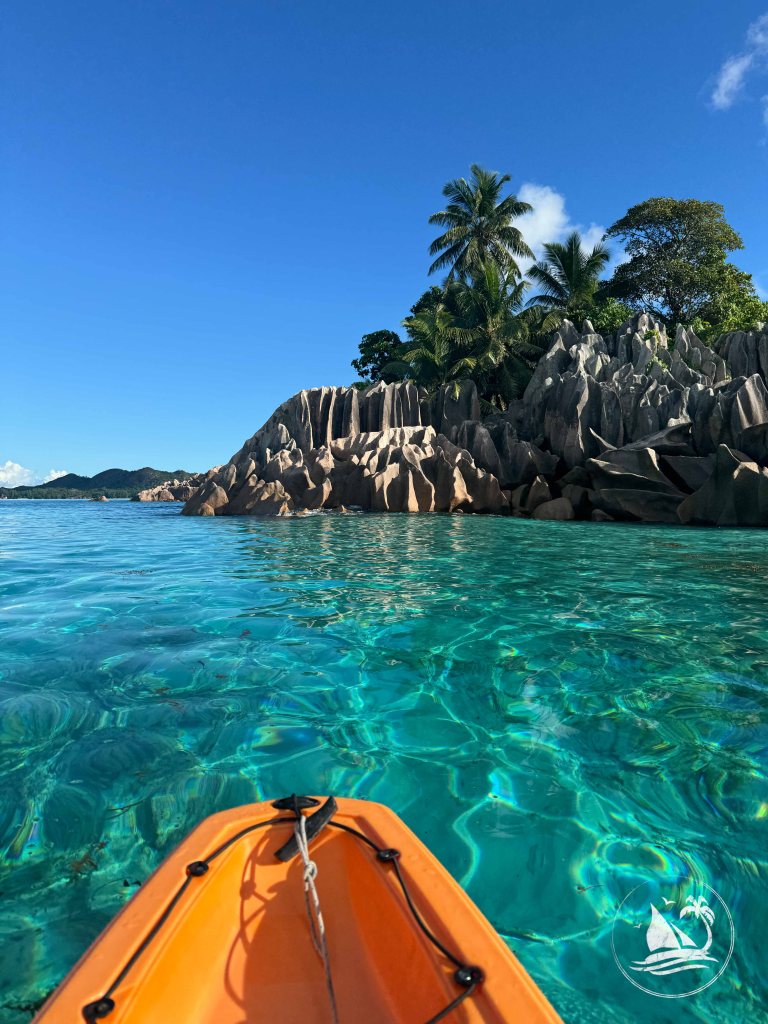
“These rocks are fake. It’s just a Hollywood set for a movie,” Ian said, after we anchored next to the St. Pierre islet. “They are actually styrofoam cutouts with spray paint.” We laughed. They simply don’t look real.
We were now in the area around Praslin & La Digue islands, the most famous cruising ground in the Seychelles. We were halfway through our 12 day shakedown cruise testing Nesi‘s systems.
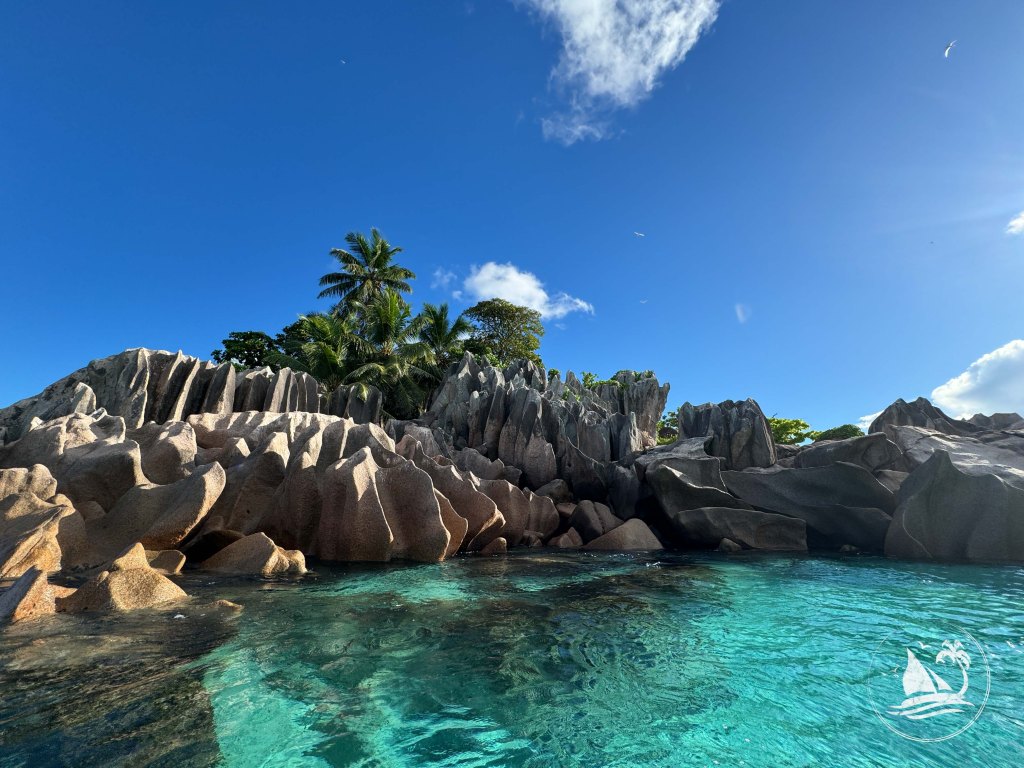

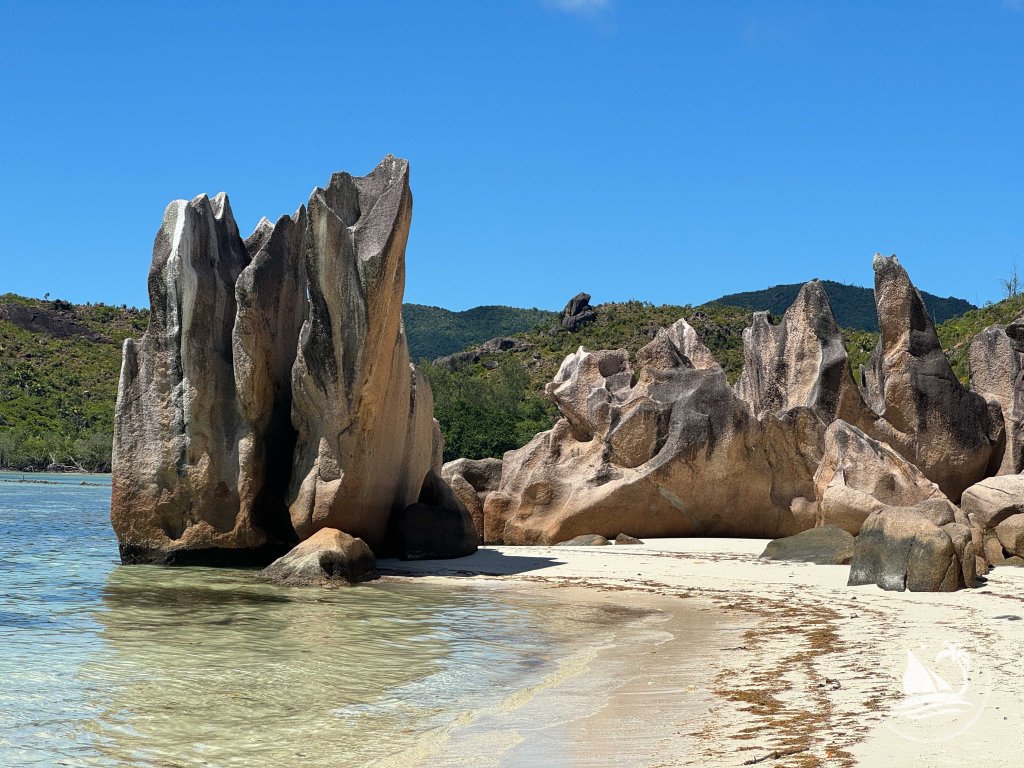

Seychelles has the only mid-ocean granite rocks in the world. For comparison, the islands right outside Rio de Janeiro where Captain K was born, are also granite. However, they are connected to the continent of South America. Here’s how granite is formed, according to the American Museum of Natural History:
Granite is an igneous rock, which means it formed from magma, or melted rock. It forms deep inside the Earth under a mountain or volcano when melted rock cools or crystallizes into solid rock. Over time, wind, ice, and water wear away at the mountain … and the granite is exposed to the surface.
American Museum of Natural History. See site here.
How can there be granite islands in the middle of the ocean, if granite requires a continent to develop? Originally, Seychelles was part of Africa, annexed to the supercontinent Gondwana. Here’s a close up view of the area 150 million years ago., according to geologists:

Then, a large chunk of land split from Africa: Madagascar, India, and Seychelles. India broke off, smashed into Asia and created the Himalayas.
Madagascar and Seychelles split due to a period of massive volcanic activity, which ended up forming Mauritius & Reunion, currently located to the East.
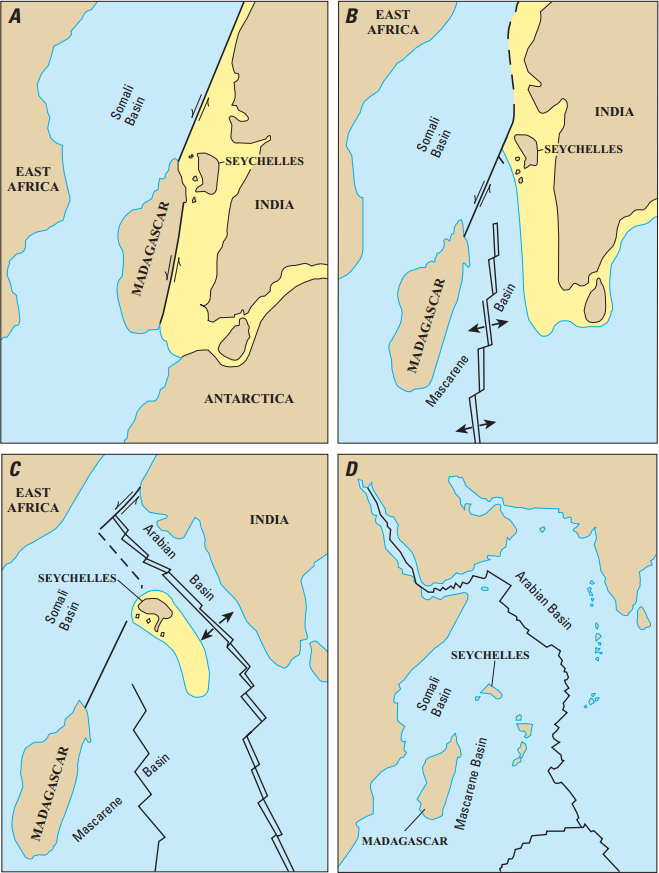
There’s a great description of Seychelles’ formation by a geologist on this PBS site along with an animated map.
The stark conundrum of mid-ocean granite — which is not geologically possible without movement of land masses– was “amongst the earliest examples cited by Alfred Wegener as evidence for his continental drift theory, as mentioned in Wikipedia.
This unique history accounts for Seychelles’ remarkable beauty. The granite rocks have been sculpted by the ocean into corrugated shapes that don’t seem to belong in the natural world. When they contrast with the bright blue ocean and white sand, it makes an eye-popping sight.
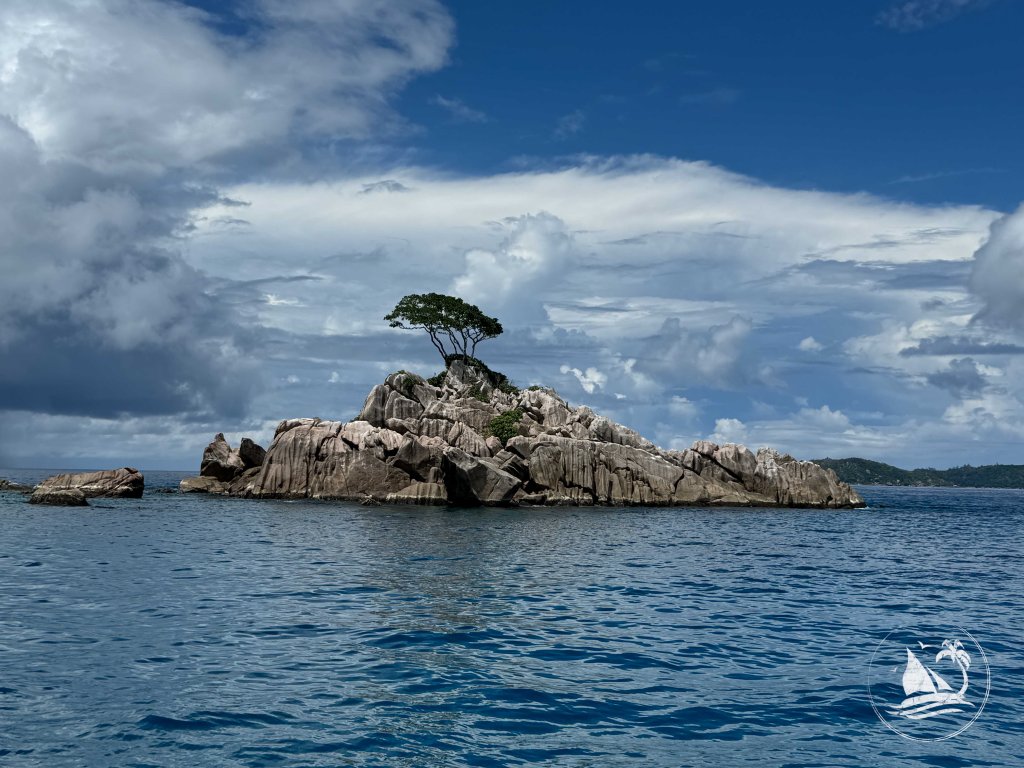
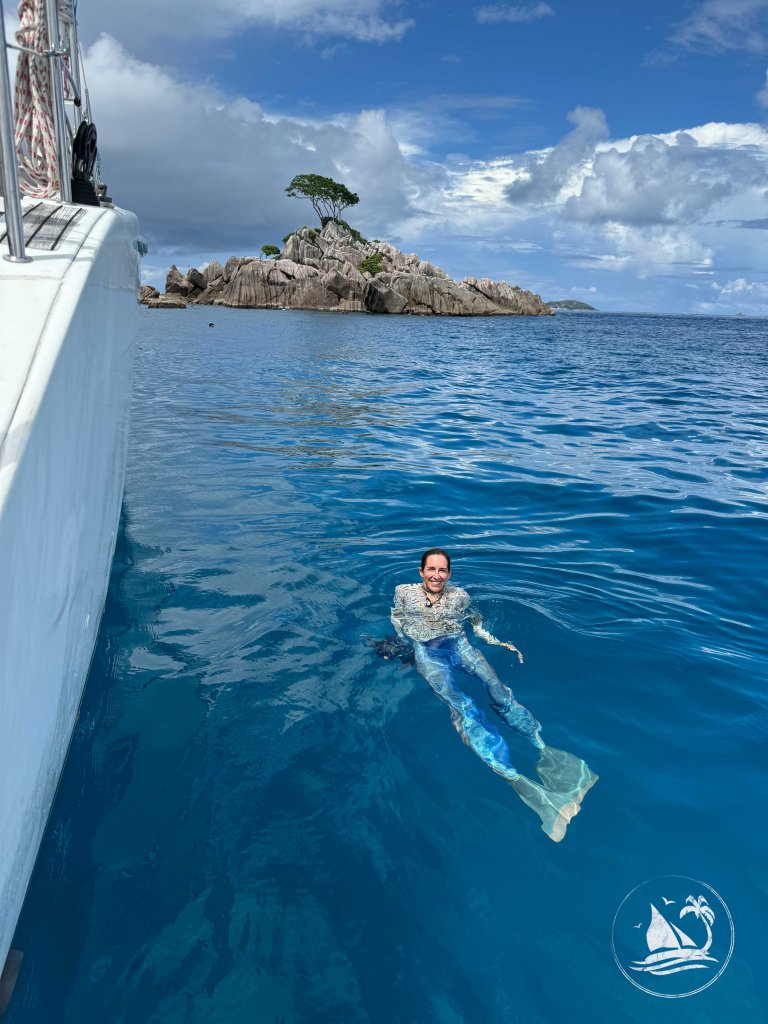


Our favorite granite rocky outcrops were the islets near Praslin and La Digue, such as St. Pierre, Coco National Park, and the funny islet with one tree.
The most famous beach is Anse Source D’Argent which is heavily photographed and visited.

One thing that is rarely mentioned is that below the water, these granite outcrops also create remarkable foundation for the coral to grow onto… we’ll share some pictures of this underwater magic in the next post.
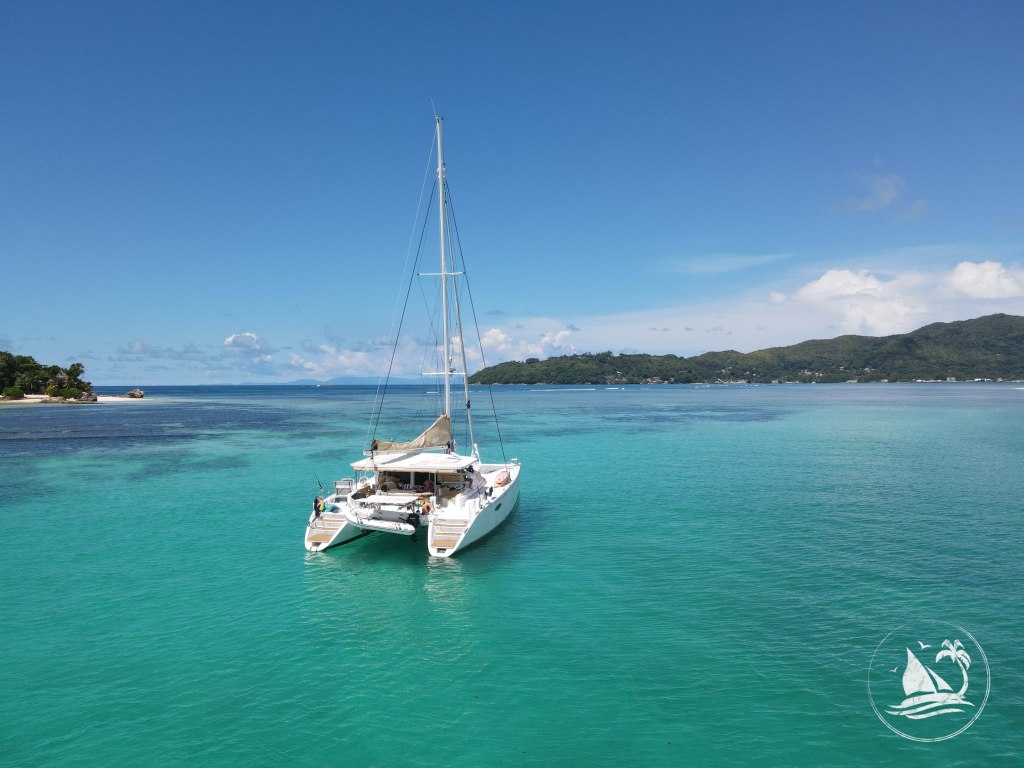
See our community site for other updates.